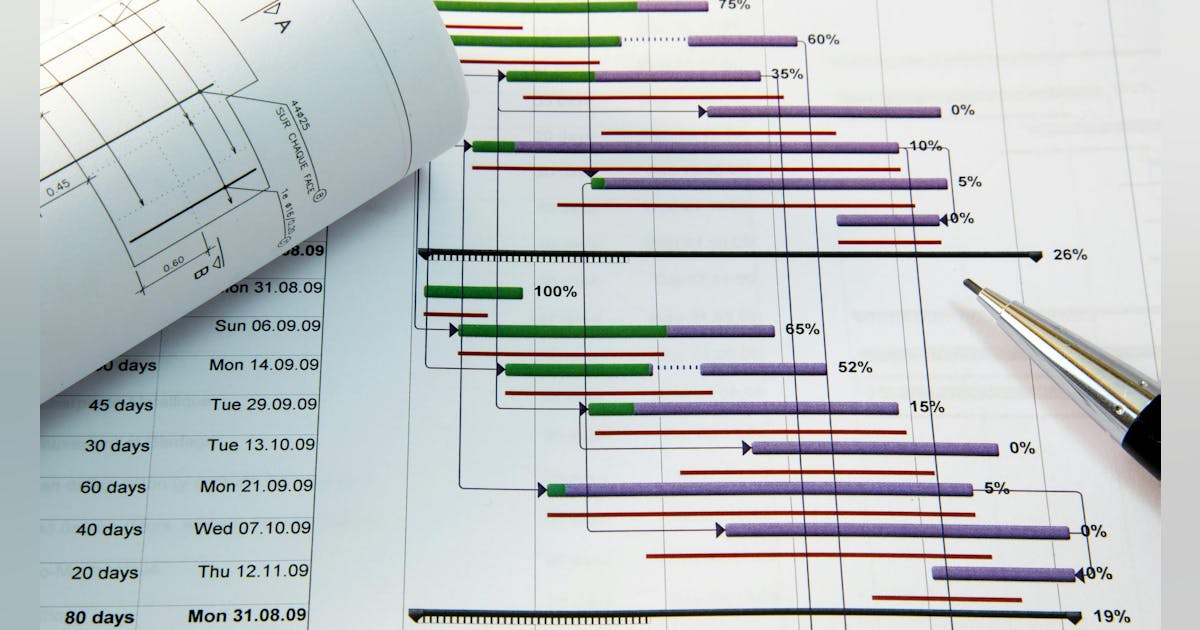
The profitability of any project is contingent on a number of factors. One of the most crucial aspects depends on the contractor’s ability to control the project’s cost. With multiple “moving parts” during the different phases, (such as material costs, insurance requirements, permits, labor, and project safety), it may seem at times that every bit of the anticipated profit will be swallowed up by the time the project is completed.
However, when it all comes together and a job well-done results in a significant profit, that’s the time to stop and identify what worked well—and what didn’t. The ability to apply the lessons learned from a successful project will help to increase your profits on future jobs.
Accurate Estimates are Key
Every estimate begins with a scope of work. The project owner should always be as detailed as possible when describing the desired outcome. Clear communication with the architects and others involved in the planning stages improve the contractor’s chances of generating an estimate with higher profit margins. Of course it is not uncommon for the estimated percentages to differ from the final project cost, however, more experienced and skilled contractors will generally create estimates with the highest degree of accuracy.
Even the best plans, layouts, and drawings may require clarification during the estimation phase. Submitting an RFI (Request for Information) request is strongly encouraged as soon as questions arise. The earlier those questions are answered, the greater the chances of improving the accuracy of the estimate.
Some projects can take several months or more before the job takes off. Within that time frame, the cost assigned to a particular line item may rise. Obviously, a ten percent increase in a given cost will incrementally add to the overall cost of the project.
Once the scope of work and cost is agreed on and the project is signed, any increase in costs will be taken from the contractor’s profit margin. To protect against price increases, consider adding an escalation clause which can shift the burden of the cost increase from the contractor to the project owner. Adding a contingency percentage to the estimate can also help mitigate the effects of increasing costs.
Tracking Costs
During the project, costs should be tracked by project cost centers. Tracking project cost will help manage the resources used in the project and identify any potential risks such as project overruns, the effects of subcontractor delays, and under-billing. Tracking by cost centers will allow the contractor to pinpoint the areas of concern. The formula for calculating the total costs for a project is fairly simple: Total Cost = Total Fixed Cost + Total Variable Cost.
Real time tracking of expenses make it possible for contractors to make adjustments early, that is, before the close of the contract. Additionally, accurate tracking provides a better understanding of variables, and enables the contractor to make informed adjustments for future projects.
Founder and CEO of LEK Management Inc., Lynn Karam has two decades of experience in finance, operations, and strategic planning. Karam is an Enrolled Agent authorized by the United States Department of the Treasury to represent clients who are undergoing an audit and to negotiate with the IRS on her clients’ behalf. Her success rate in resolving even the most challenging of IRS scenarios has become the cornerstone of her success. As CEO, Karam uses her financial expertise to establish sustainable strategies that result in significant business growth for her clients.
